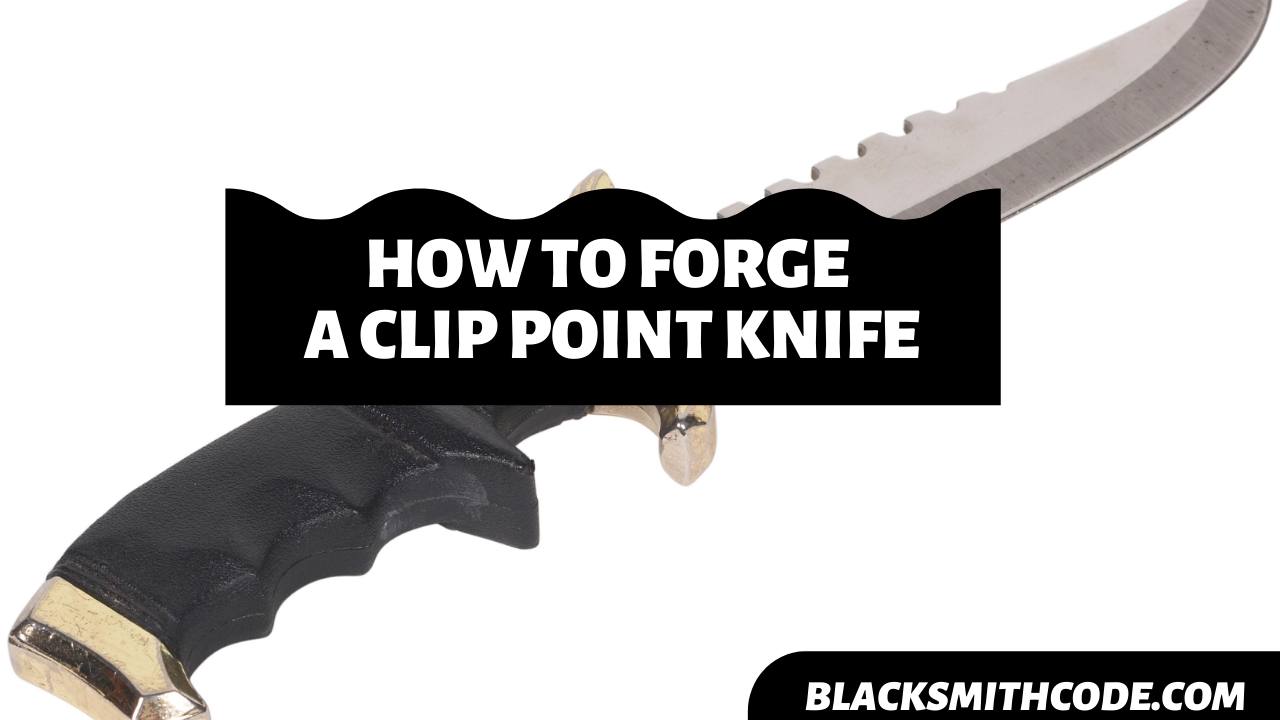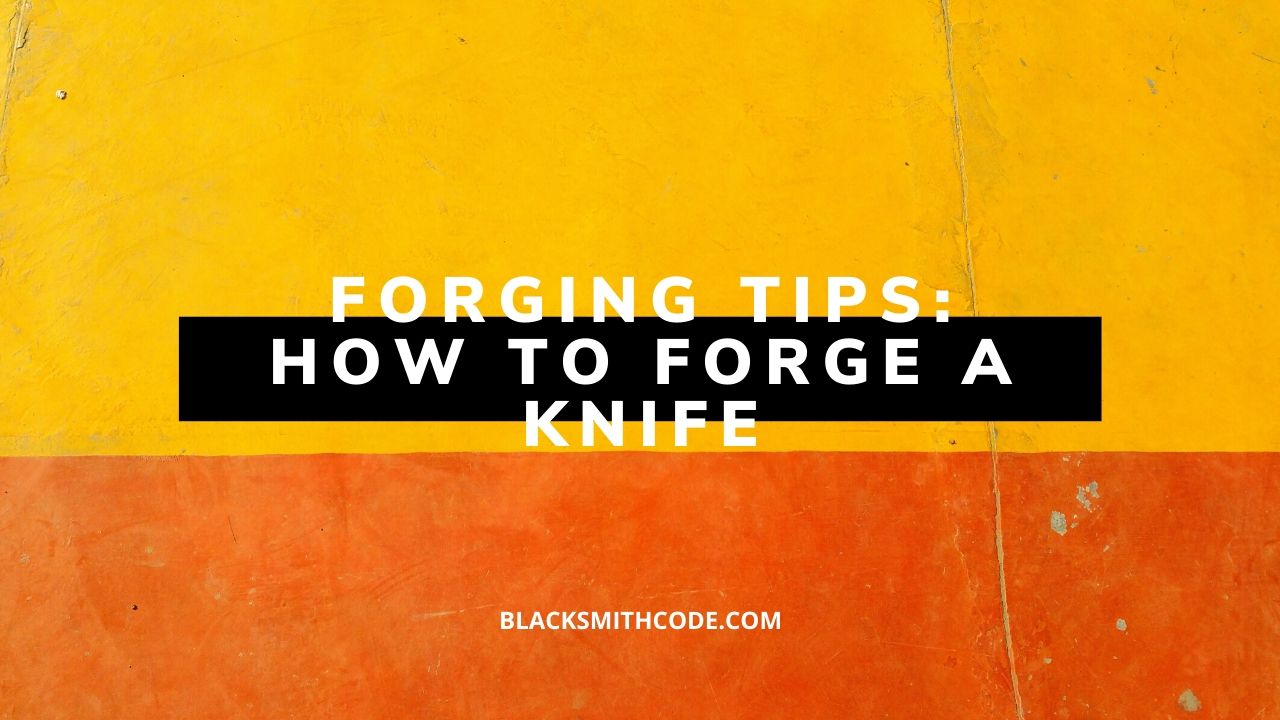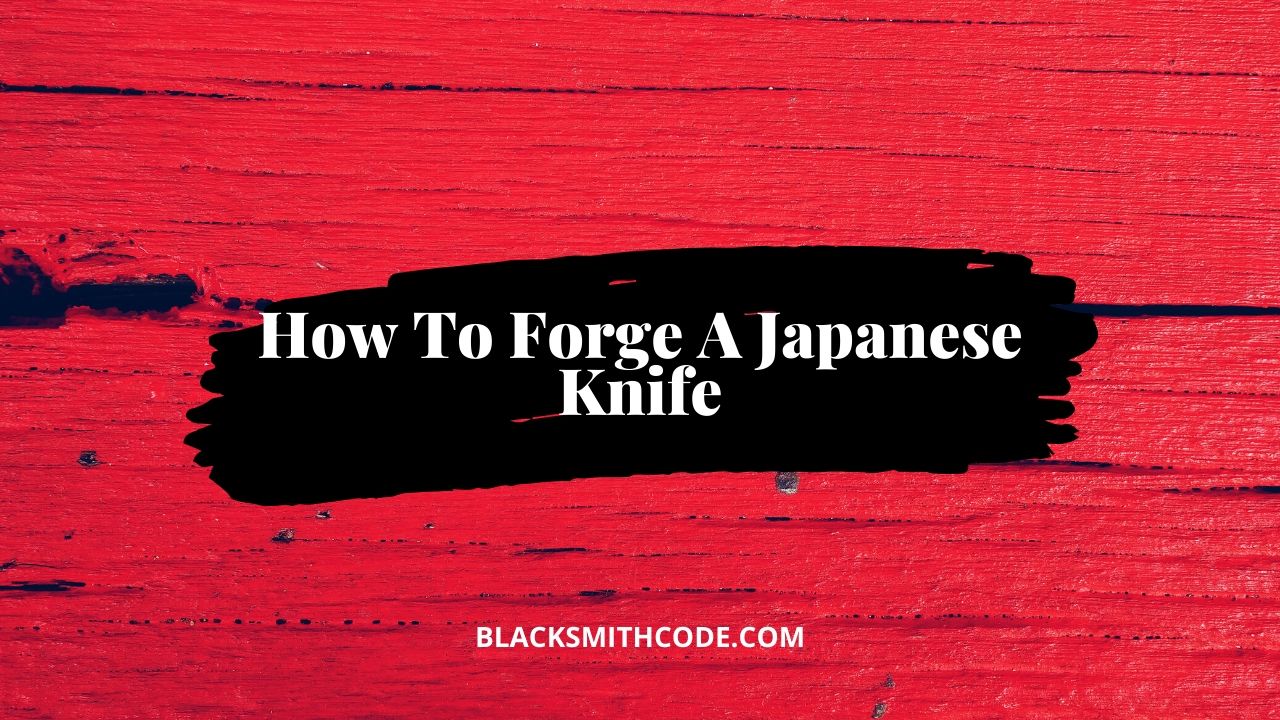Does forging interest you? If it does, forging a clip point knife might be an interesting starting project.
The clip point knife is a type of small knife with a sharp blade and chopped-off tip. This clip point knife is similar to a smaller version of a bowie knife.
The clip point knife is a good tool for precision and also a very suitable tool for cutting. It is very useful in the kitchen and beyond its walls.
The clip point knife is one of the three most commonly used types of knife. It is also a very useful tool in combat.
Essentials
You have to make use of certain tools to forge your clip point knife. Some of the tools you will use include;
Marker
Wheel cutter
Jigsaw
Drill press
Anvil
Belt grinder
Angle grinder
File
To forge a clip point knife, you have to be quick and responsive. The steps to follow when forging your clip point knife are below;
Instructions on How to Forge a Clip Point Knife
Step 1: Get Your Material
To forge a clip point knife, you have to get a flat steel plate. The steel plate will serve as the blade of the clip point knife. The steel plate should be about 5cm wide and 15cm long.
Step 2: Mark Out the Shape
After getting your steel plate, you have to mark the shape of the clip point knife you want to forge on the steel plate. Before marking, you should have the design of the clip point you intend to use.
The first thing you have to do is to get your design transferred from the outline to the steel plate for cutting. You can do the marking with a marker to have a clearer view.
Step 3: Cut Out the Shape
Once you have completely marked out your shape, you need to cut it out. The jigsaw or wheel cutter will be useful in this regard. You should be careful when cutting the shape out.
Step 4: Drill Holes for the Handle
After cutting your shape, you have a rough clip point knife. You should drill holes for your handle. These holes will help you fasten the handle to the blade.
Quick Steps
You should make use of a drill press to drill the hole. The steps to follow are;
- Place the blade on an anvil.
- Mark out the spot for the holes.
- Lower your drill press gradually against the blade till it pierces out.
You can drill multiple holes for ease and convenience.
Step 5: Grind Your Blade
To make your blade smooth, you have to grind it with a belt grinder. The grinding will help remove rough surfaces and also smoothen the edges.
You hold your knife and press it against the grinder. As the grinder rolls, it smoothens the surface. You should grind the blade till you get the exact shape of your clip point knife.
Step 6: Heat the Blade
Place the blade in a forge. You should heat the blade to a red-hot stage. Heating the blade might take a while. After heating the blade, you should retrieve it from the forge.
Step 7: Quench the Hot Blade
While the blade is still red-hot, you should quench it in a quench liquid. Quenching includes immersing the blade in a quench liquid for it to cool down. After some minutes, you should bring out the blade from the quench liquid.
Step 8: Add Your Handle
With the help of the holes drilled before, you just have to screw the wooden handles together with your blade in between. Screwing them together will give the wooden handle a tight grip on the blade.
Quick Note
Always make use of the fitting size of wood for the handle so the handle won’t look bigger than the blade itself.
Step 9: Polish and Sharpen the Blade
You have to polish your blade to make it sparkle. You can polish your blade using your preferred technique. After polishing, you should sharpen the edges of the knife. You can make use of an angle grinder as well as a file to sharpen the edges of the blade.
Step 10: Grind the Handle
The handle has to be on the same level as the blade. So, you have to grind the handle until it becomes perfect with the blade. After grinding your handle, you have your clip point knife to yourself.
FAQs on How to Forge a Clip Point Knife
Question
Is the clip point knife different from a bowie knife?
The clip point knife is different from the bowie knife. The most evident difference is the size of the clip point knife. The clip point knife is way smaller than the bowie knife.
Although the clip point knife seems like a smaller version of the bowie knife, there still is a whole lot of difference between them.
Question
Can a clip point knife perform the function of a bowie knife?
There are general functions of the knife that both the Bowie and clip point knife perform. But there is a specific job that the bowie knife can perform that the clip point knife cannot.
Question
Can I forge a clip point knife from a real knife?
Yes, you can forge your clip point knife from a real knife. You will only have to make some changes to the structure of the knife. It might pose a lot of stress than forging from a steel plate.
Video on How to Forge a Clip Point Knife
Warnings
You should follow safety precautions when forging to ensure safe and hazard-free forging. Some safety precautions to take include;
- Do not handle hot materials with your bare hands.
- Always make use of the right tool.
- Do not make use of damaged tools.
- Run a routine check up on your tools and machines.
- Always put on protective wears during work.




